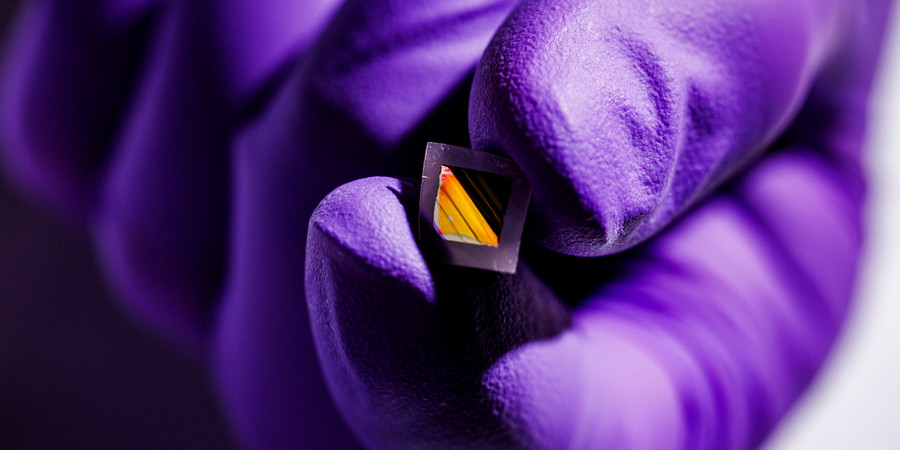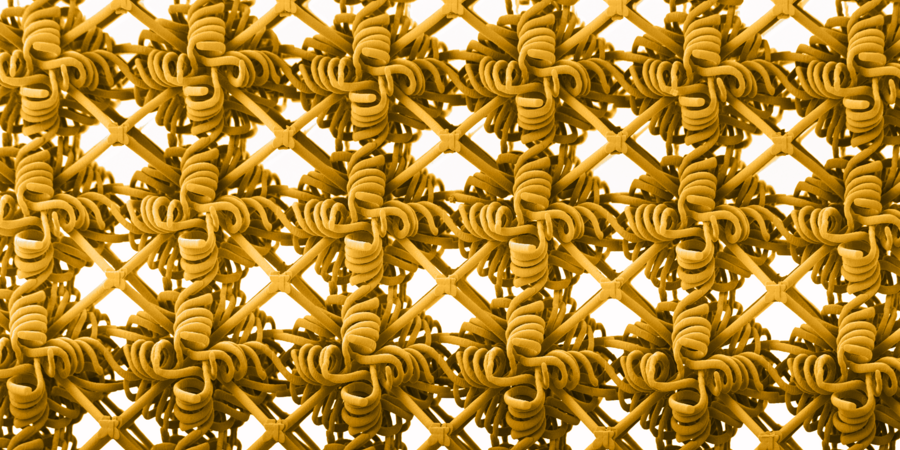Adam Zewe | MIT News Office
January 27, 2022
Using ultrathin materials to reduce the size of superconducting qubits may pave the way for personal-sized quantum devices. MIT researchers used a 2D material hexagonal boron nitride to build much smaller capacitors for superconducting qubits, enabling them to shrink the footprint of a qubit by two orders of magnitude without sacrificing performance.
Complete article from MIT News.
Explore
III-Nitride Ferroelectrics for Integrated Low-Power and Extreme-Environment Memory
Monday, May 5, 2025 | 4:00 - 5:00pm ET
Hybrid
Zoom & MIT Campus
New Electronic “skin” could Enable Lightweight Night-vision Glasses
Jennifer Chu | MIT News
MIT engineers developed ultrathin electronic films that sense heat and other signals, and could reduce the bulk of conventional goggles and scopes.
MIT Engineers Print Synthetic “Metamaterials” that are Both Strong and Stretchy
Jennifer Chu | MIT News
A new method could enable stretchable ceramics, glass, and metals, for tear-proof textiles or stretchy semiconductors.




